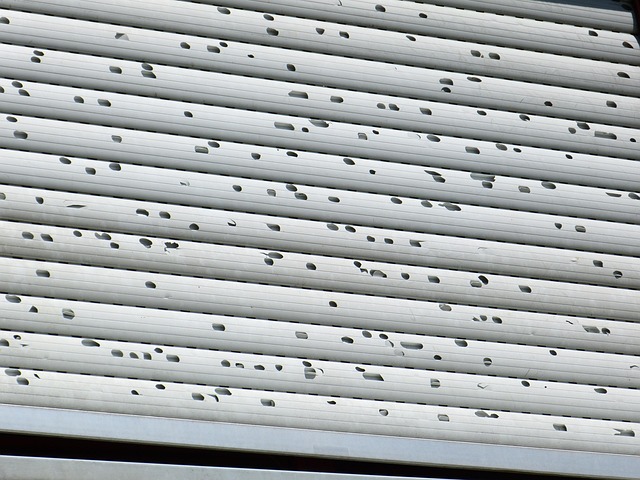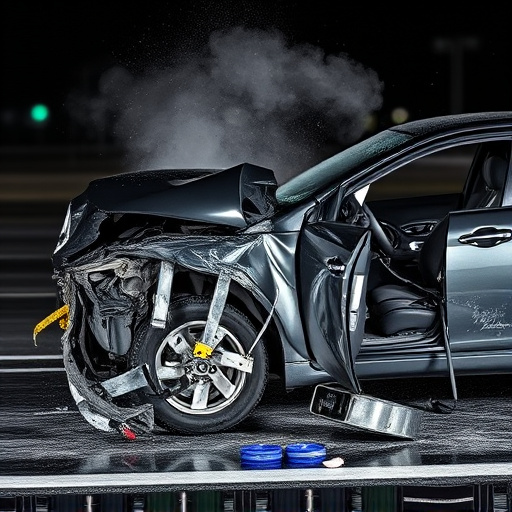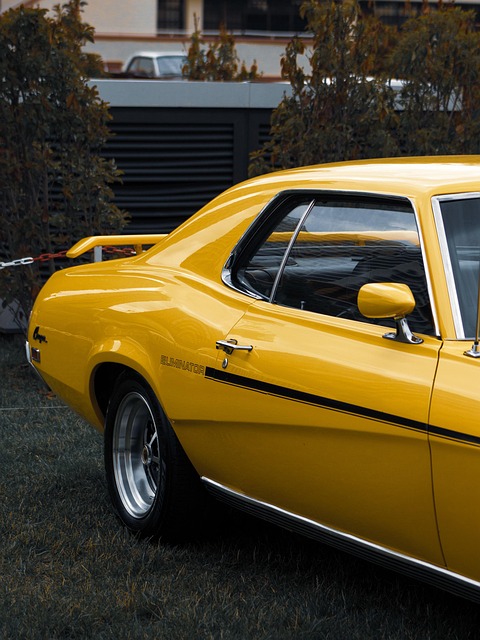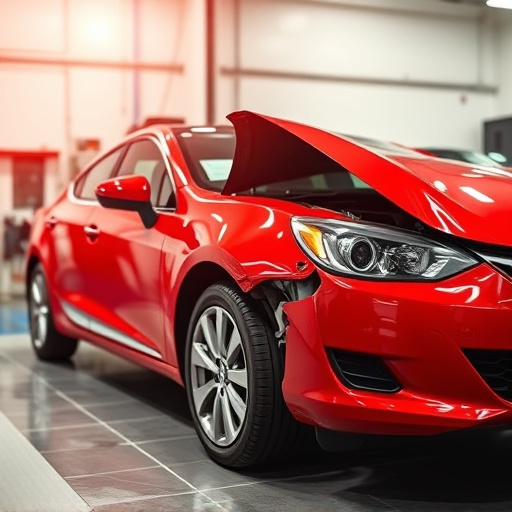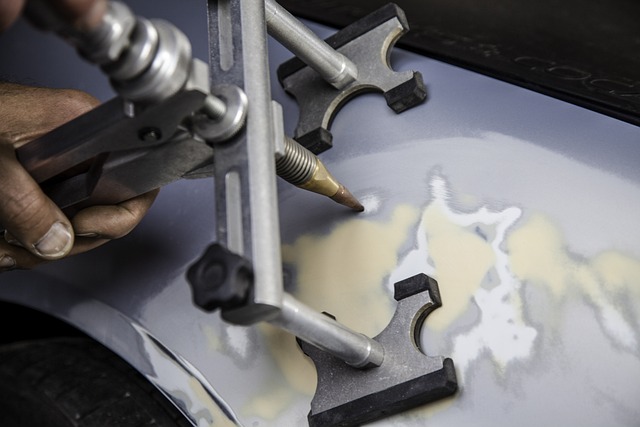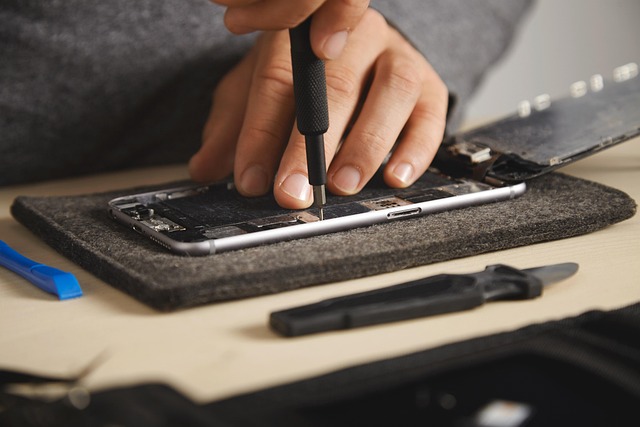Choosing the right material for windshield crack repair is crucial, with composite resins, polyurethanes, and epoxy offering unique benefits based on damage extent. Resins are flexible for small cracks, polyurethanes provide strong bonds for deeper damages, and epoxy ensures durability with exceptional clarity. The best option depends on damage severity, desired outcome, and the repair shop's expertise. Reputable services using high-quality materials ensure safe, clear windshields enhancing driving visibility.
When a crack appears in your windshield, prompt action is crucial for safety and vehicle protection. Understanding the best materials for windshield crack repairs is essential for effective and long-lasting fixes. This article explores the various types of materials available, considering factors like durability, accessibility, and cost. We analyze popular windshield crack repair kits, highlighting their pros and cons, to guide you in making an informed choice that suits your needs and enhances road safety.
- Types of Materials for Windshield Crack Repair
- Factors to Consider When Choosing Repair Material
- Pros and Cons of Popular Windshield Crack Repair Kits
Types of Materials for Windshield Crack Repair

When it comes to windshield crack repairs, several materials are available, each with its unique advantages and considerations. The most common and effective options include composite resins, polyurethanes, and epoxy. Composite resins are highly regarded for their flexibility and ability to mimic the strength of the original glass, making them ideal for small to medium-sized cracks. Polyurethanes offer excellent bonding properties, ensuring a strong bond with the car’s surface, and are particularly useful for deeper chips or cracks. Epoxy resin is known for its exceptional durability and clarity, often used in more extensive repairs where precision and long-lasting results are crucial.
Choosing the right material depends on the extent of the damage, the desired outcome, and the expertise of the repair shop. While some car body shops might offer basic epoxy or polyurethane repairs, advanced composite resins require specialized equipment and skills. It’s essential to opt for a reputable car paint repair service that uses high-quality materials to ensure the safety and clarity of your windshield after the crack repair process, enhancing your driving experience and visibility on the road.
Factors to Consider When Choosing Repair Material
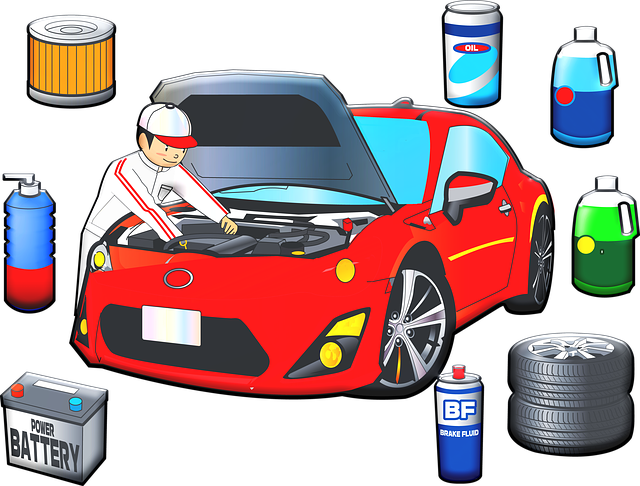
When selecting materials for windshield crack repairs, several factors come into play to ensure a safe and effective fix. Firstly, consider the extent of the damage; different sizes and types of cracks may require specific repair techniques and products. For minor chips or cracks, a clear resin kit might be suitable, offering a quick and cost-effective solution. These kits often include a two-part resin and hardener that, when mixed correctly, can fill and smooth over the damaged area.
Additionally, the material’s compatibility with car body restoration techniques is essential. Some repair compounds may not adhere well to existing windshields or leave behind residues, impacting the overall quality of the fix. A reputable collision center will stock materials designed for windshield crack repairs, considering factors like durability, transparency, and ease of application. Choosing the right product can ensure a seamless finish, restore visibility, and enhance safety during driving.
Pros and Cons of Popular Windshield Crack Repair Kits

When it comes to choosing the right materials for windshield crack repairs, there are numerous DIY kits available in the market, each claiming to deliver exceptional results. However, understanding the pros and cons of these popular options is essential before selecting one. One common approach involves using epoxy or resin-based kits, which offer a strong bond and clear, seamless repairs. These kits are user-friendly, allowing car owners to fix small cracks themselves, saving time and money. A significant advantage is their ability to match the vehicle’s original glass clarity, ensuring minimal disruption to the driver’s line of sight.
Yet, there are potential drawbacks to consider. Epoxy may not be suitable for larger cracks or chips, as its structural integrity could be compromised. Moreover, improper application can lead to visible repairs, defeating the purpose of a seamless finish. In contrast, some professionals prefer using original equipment manufacturer (OEM) parts for windshield crack repairs in auto collision centers. While this option guarantees precision and quality, it often comes at a higher cost, making it less accessible for DIY enthusiasts. Car paint services might also be required to achieve a perfect match, adding another layer of complexity and expense.
When it comes to selecting materials for windshield crack repair, understanding the options and their unique properties is key. The right choice depends on factors like crack size, severity, and your desired level of durability. Popular repair kits offer convenient solutions, but each has its pros and cons. By considering these aspects, you can make an informed decision to restore your windshield’s integrity effectively. Remember, a quality repair job not only enhances safety but also maintains the vehicle’s resale value, making it a worthwhile investment for any car owner facing windshield crack repairs.




